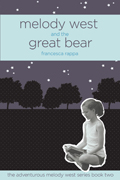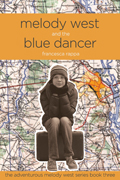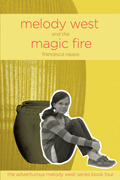Comments are closed.
Trumpeter Swan
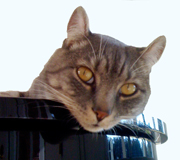
So much has happened since the last time I wrote in my blog. For one, thank goodness my cats, Beetle and Honey Bear, are home safe and sound! Yesterday Dad and I looked everywhere, but they were nowhere to be found. And last night the rain poured out of the sky in buckets, and I cried like a baby. I kept asking myself, “What if Beetle and Honey Bear are hurt or in trouble?” It was too painful for me to think I might never see them again. Luckily, when I woke up early this morning, I knew exactly where my cats were. Being reunited with my cats and seeing my father after his long business trip made for a great birthday for Mom and me. I only wish Annie could have been here to celebrate too. I miss her so much! It’s hard being away from my best friend for a whole year. Why did her family have to move to Washington, D.C. last summer?
Anyway, Annie missed all the excitement. She missed going with Mr. Finfrock and James and me to Widow Martin’s house in search of John James Audubon’s The Birds of America. Do you know who John James Audubon is?” Audubon was a famous artist from the 1800s, who made drawings of all the birds of America and published prints of his drawings in a four-volume survey. Today the volumes are worth a lot of money. What does this have to do with my adventure? Well, Widow Martin recently passed away, and Mr. Finfrock bought all of Widow Martin’s furniture and paintings and books in her house. Mr. Finfrock was sure Widow Martin had a copy of the Audubons somewhere, and he said that if we found them he would donate them to the art museum, because something as priceless as Audubon’s The Birds of America should belong to everyone.
How Audubon made his prints is pretty cool. Mostly they were made by etching and engraving his drawings into metal plates. Exactly how are etchings and engravings made, you ask? Etchings are made by cutting a drawing into a metal plate with acid and then covering the plate with ink. By pressing paper against the ink on the metal plate, a print of the drawing is made on the paper. Engravings are made the same way—only the drawing is cut into a metal plate with a sharp tool instead of with acid. After a print of the drawing is made on the paper, the print is hand-colored. Anyway, everyone refers to Audubon’s prints as engravings. I was so excited about the possibility of seeing Audubon’s hand-colored engravings. The engraving of the trumpeter swan is my favorite. My mom says when you look at the engraving of the trumpeter swan, you can almost hear its trumpet-like call. (Learn more about the conservation of trumpeter swans—you can even help!)
Before I say goodbye, I’ll end with what my language arts teacher says is a very free and easy translation of a Japanese haiku (pronounced high-koo). It goes something like this:
EATEN BY THE CAT!
IS THE CRICKET’S SAD WIDOW
LEFT BEWAILING THAT?
James, being the smart boy that he is, recently wrote a poem about one of Beetle and Honey Bear’s recent scrapes. Here it is:
CHASED BY DOGGY-BEASTS,
BEETLE AND HONEY BEAR DASHED
LIKE MAD FOR THE TREES!
It may not be a haiku because it doesn’t relate Mother Nature to human nature, but it’s still pretty cute, huh? James is good at poetry and stuff, but as far as music goes I think my classical piano piece Fur Elise is better than his jazz piece When the Saints go Marching In. And my report on Benedict Arnold was far better than his report on the Liberty Bell, for sure.
Anyway, I’ll leave you with the image in your minds of Beetle rubbing noses with Mr. Finfrock’s toy poodle, Mr. Noodle, in the hope that everyone everywhere can learn to get along.
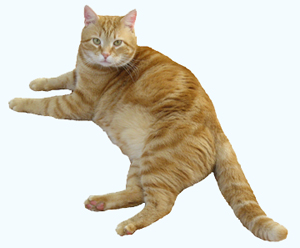 ~ mTw ~
~ mTw ~

